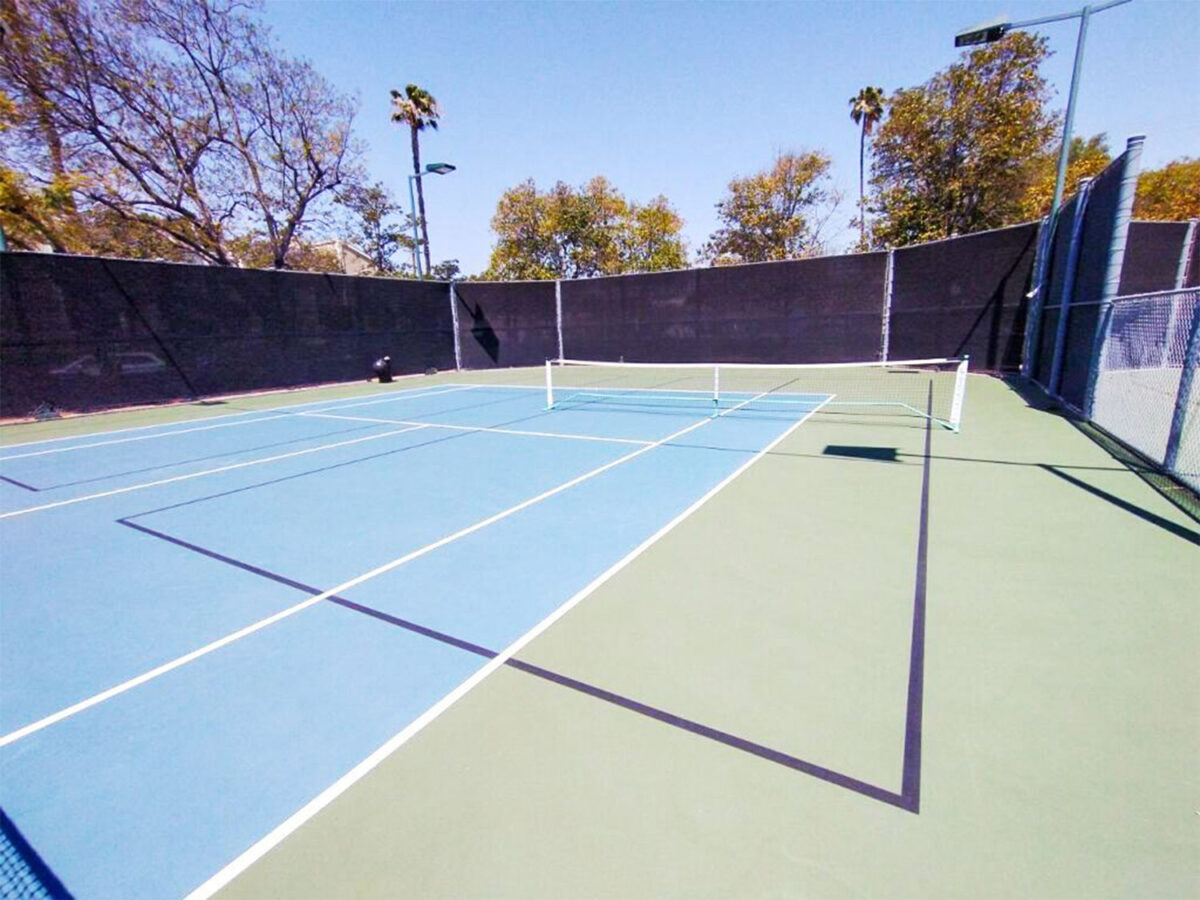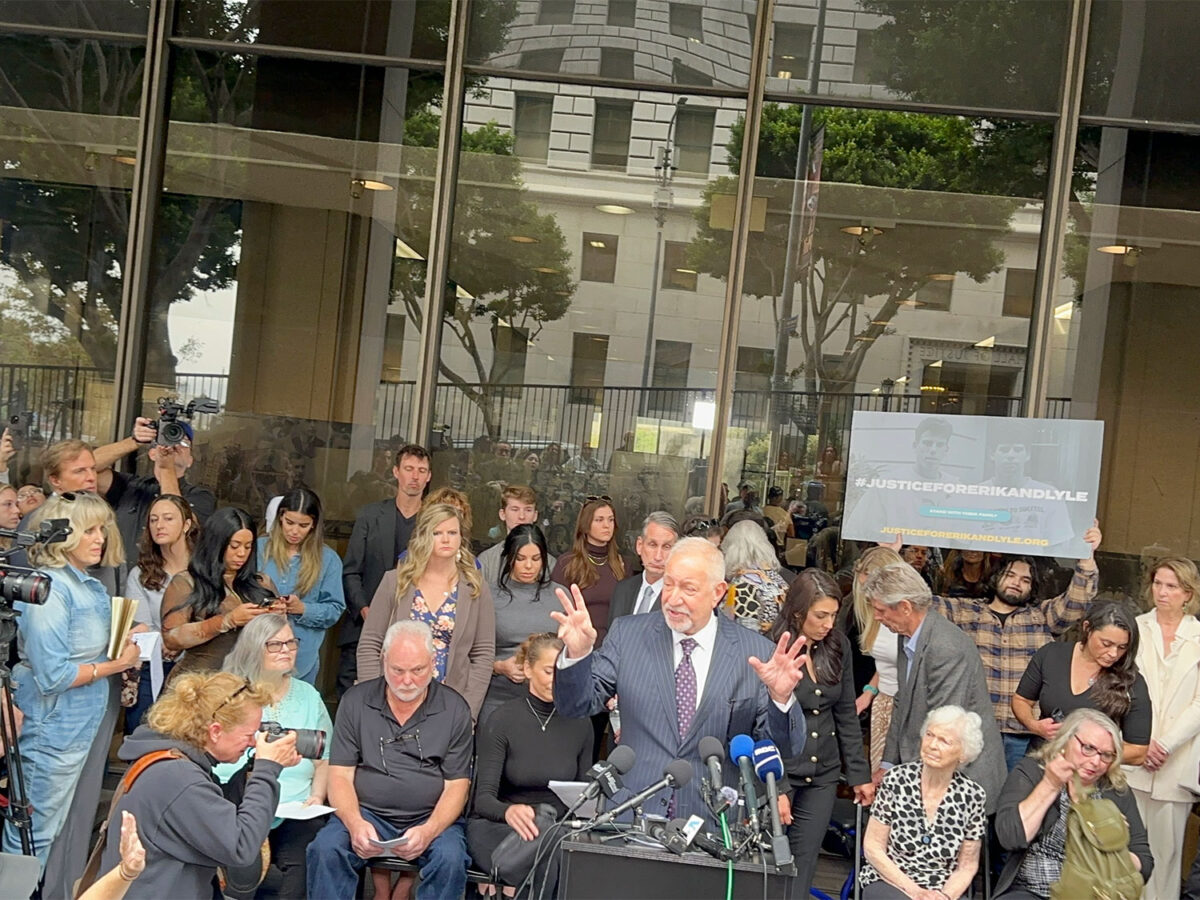As the world enters its fourth month of the COVID-19 pandemic with all Californians now mandated to wear face coverings in public spaces, Cedars-Sinai Medical Center reaffirmed that it was ready for a surge. Starting in March, the hospital prepared for increased capacity to care for all patients should a surge in COVID-19 cases occur, subsequently treating more COVID-19 patients than any other hospital in Southern California.
Among those admitted COVID-19 patients who finished their course of treatment, 88 percent have been discharged to continue their recuperation, according to the hospital.
“We attribute these results to our extensive experience treating complex cases, meticulous care in our ICUs, the use of new and experimental therapies and a manageable volume of COVID-19 patients,” said Richard Riggs, M.D., Cedars-Sinai senior vice president of Medical Affairs and chief medical officer.
According to data recently released by the hospital, the 400-plus COVID-19 patients treated at Cedars-Sinai from the beginning of March through the beginning of June represented just five percent of the total number of hospitalized patients that Cedars-Sinai cared for at the medical center. During that same three-month period, Cedars-Sinai physicians and nurses treated more than 10,000 non-COVID-19 patients in the hospital.
Through the beginning of June, nearly a quarter of hospitalized COVID-19 patients were transferred to Cedars-Sinai from skilled nursing facilities and other acute care hospitals because they required higher levels of specialized care.
In an effort to protect patients and staff, almost immediately Cedars-Sinai implemented a bevy of safety protocols at its hospitals, offices and outpatient sites. Such continuing precautionary measures to ensure safety included: performing temperature checks for all who enter, including staff before the start of their shifts; rapidly identifying and isolating patients with potential COVID-19; requiring masks for all employees, physicians, patients and visitors; physical distancing in waiting and clinical areas; designating specific zones for COVID-19 patients and separating them from other patients as appropriate; increasing thorough cleaning and disinfection for all common areas and clinical spaces; and limiting visitors. Additionally, Cedars-Sinai has minimized the number of staff and patients in clinical settings to ensure physical distancing, while using telemedicine options, including video visits, to provide care remotely for many medical needs.
Since the beginning of March, the hospital has administered more than 3,000 pre-procedure tests for COVID-19 for all patients before they undergo inpatient and select outpatient procedures. Less than one percent of asymptomatic patients have tested positive for the virus according to data released by the hospital. Additionally, since the beginning of May, Cedars-Sinai has tested all patients admitted to the hospital through the Emergency Department. Similarly, less than one percent tested positive for the virus.
A spokesperson for Cedars-Sinai highlighted that these outcomes were particularly significant given that the medical center cares for a disproportionate share of severely ill and older patients who are vulnerable to COVID-19 because of underlying health conditions.
“We urge members of the public not to delay important care they need, and we encourage anyone who is sick and in need of medical attention to contact their physician’s office. It is safe to visit Cedars-Sinai for care, whether as a patient staying in our hospitals or visiting our outpatient clinics, urgent care centers, emergency rooms or other care settings,” said Jeffrey Smith, M.D., executive vice president of hospital operations and chief operating officer.







